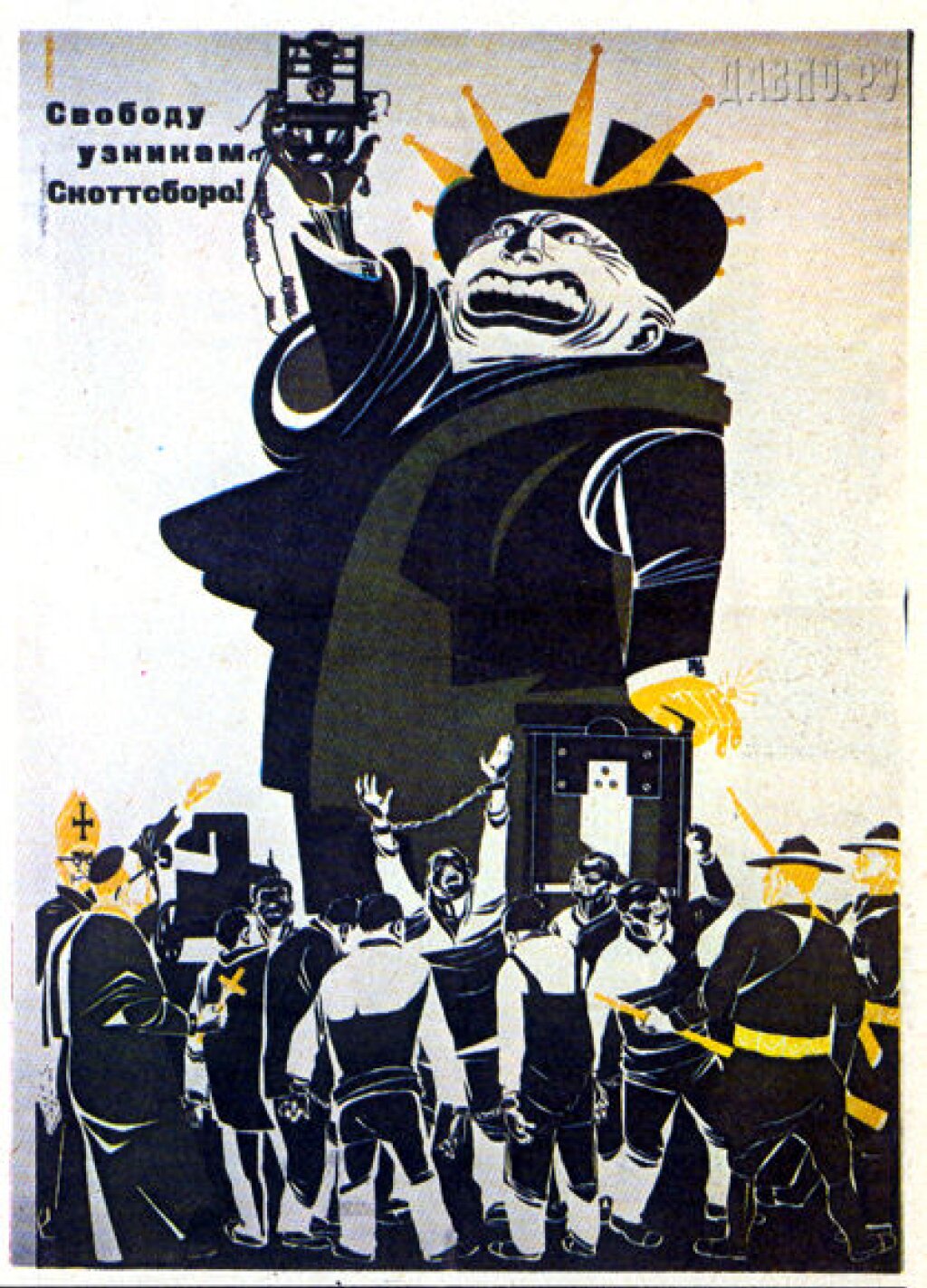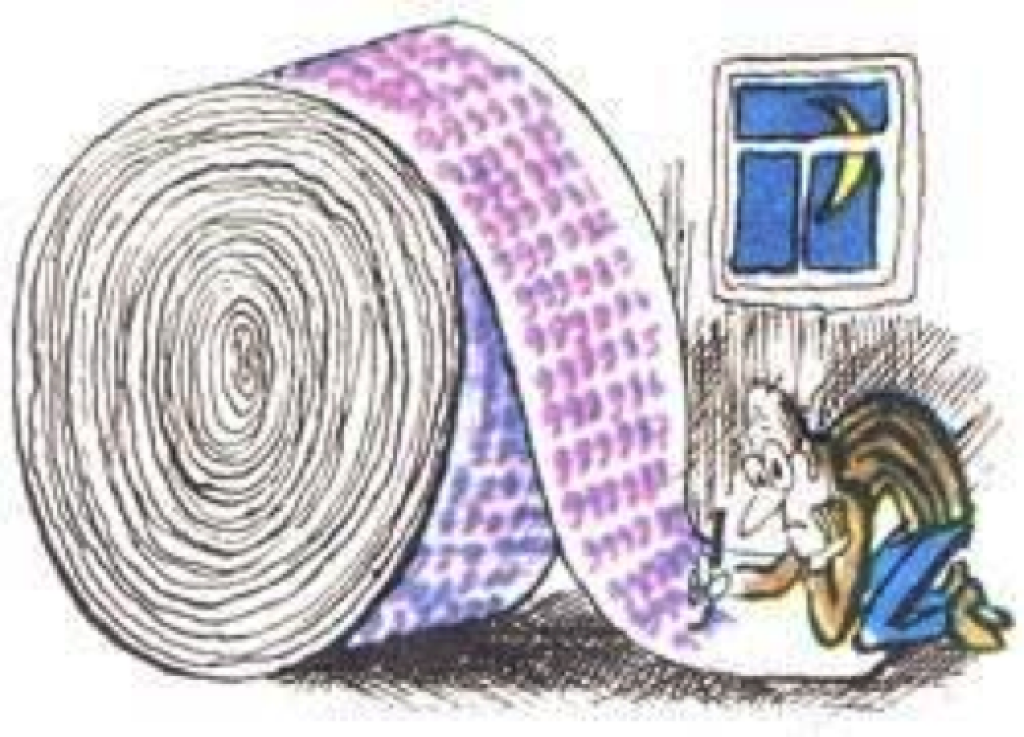Jennifer Wilson received her PhD from Princeton University in the Fall of 2014. She is currently a Lecturer at the Russian State University for the Humanities (RGGU).
Since my last post, my seminar on the Harlem Renaissance at RGGU has met twice. We have covered two units: “Why Harlem?: Geographies of American Race Relations” and “Central Asia: The Soviet ‘South.’” The first of the two classes was an effort to help my students understand the cultural significance of the neighborhood of Harlem and its place within the larger New York cultural scene of the 1920s and 30s. I quickly went through the major cultural landmarks: the Cotton Club, Lenox Avenue, Sugar Hill, and the Schomburg Center (then simply known as the 135th street branch of the New York Public Library). Very soon into the class, I honed in on a particular Harlem landmark that is one of my current preoccupations-- the so-called “Niggerati Manor,” the infamous literary salon once located at 267 West 136th Street where figures like Zora Neale Hurston, Langston Hughes, Gwendolyn Bennett, and Richard Bruce Nugent lived on and off. The name was invented by Hurston herself who said, “If they’re the literati downtown, then we must be the niggerati uptown.”
“Niggerati Manor” and the publication it produced, Fire! (1926), represented a renaissance within the Harlem renaissance. It was an early effort against respectability politics that aimed to make taboo subjects such as interracial and queer desire front and center in its depiction of the black experience. We discussed Nugent’s homoerotic short story “Smoke, Lilies, and Jade” which was first published in Fire!, and read Gwendolyn Bennett’s poem about having a secret white lover, aptly titled “Secret,” that was published elsewhere after funding for additional issues of Fire! fell through. We also read Langston Hughes poem “Harlem Nightclub,” in which he describes the interracial sexual encounters facilitated by Harlem’s jazz scene and the speakeasies of uptown Manhattan. It was important for my students to understand just how taboo this was for a time when “racial mixing” was illegal in many parts of the country.
My students, like Vladimir Nabokov before them, were surprised at how sexualized American racism was and how often black men were lynched for charges of even looking at white women. The Soviets, I told them, were well aware of this unique feature of American racism, having closely monitored the Scottsboro Boys case. We also discussed the modernist staging of Eugene O’Neil’s 1924 play about an interracial marriage, “All God’s Chilin’ Got Wings,” at the Tairov Theater in Moscow. I explained that the Soviet Union’s alliance with anti-segregationist politics was so well-known in America that protestors against the “Little Rock Nine” held up signs outside of the Arkansas capitol building that said “Race mixing = communism.” This last point really blew their minds, and one student concluded, “I think Americans just call anything they don’t like Communism.”
In explaining the cultural significance of Harlem, I had to talk to the students about how African-Americans got there in the first place, which necessitated a discussion of “The Great Migration.” This required a lesson on the institutional and physical violence that African-Americans were subjected to in post-Reconstruction South, namely sharecropping (a term Langston Hughes would call ironic "for cotton is a crop that the Negro never shares”) and lynching. We listened to Billie Holiday's “Strange Fruit” and its contemporary update, Kanye West's "Blood on the Leaves." When lecturing on “The Great Migration,” one of the things I worked really hard to impress upon the students was the importance of religious imagery, particularly the Exodus story, for African-Americans in describing their hopes for what life would be like north of the Mason-Dixon line. This will be an important point for next week when we discuss how Soviet atheism proved to be divisive issue for African-American socialists (as exemplified by the vastly different poems “Russian Cathedral” (1925) by Claude McKay and “Goodbye Christ” (1932) by Hughes).
I explained to the students that one of the reasons it was so important to understand the cultural significance of the American South was that it had a tremendous effect on how African-Americans interpreted Soviet geography. Particularly in light of the booming cotton industry in countries like Uzbekistan and Turkmenistan, many African-Americans saw a Soviet corollary to the cotton plantations of the American South. For African-Americans travelling to the Soviet Union, Central Asia represented a testing ground for the new communist government’s supposed commitment to racial equality. In an article for the NAACP journal The Crisis, Langston Hughes described his trip to Central Asia as a visit to the “South under the red flag." I took this moment to ask the students what they thought Hughes and others like him would find—would it all be a lie, just propaganda? One of the students said something that really struck a chord with me; she said, “Propaganda was better than nothing. At least people thought about it.”
Speaking of propaganda, Hughes articles from Central Asia did not go over well with the students—they immediately recognized his reporting as ideologically driven, clearly demonstrating his communist sympathies and lacking objectivity. I agreed with the students overall; however, I pointed out that I was able to perceive limits to Hughes’ enthusiasm for Soviet communism, at least in terms of praxis. For instance, in A Negro Looks at Central Asia (1934), Hughes writes in frustration about not being able to find anyone who would talk to him about the local arts that existed before the Soviet Union. Hughes tried, “to no avail,” he complained—“No one would talk about the past. I thought about Lenin and Lunacharsky, among others, warning young artists of the dangers of being too scornful of the culture of yesterday.” Hughes then sets out with great resolve to find out about folk art, particularly in Uzbekistan. I argued to the students that Hughes as an African-American would have found an erasure of the history of these “colored peoples’” (as he identified them) intolerable given that his own history was wiped out by the Middle Passage.
One of the pieces we talked about at length from Hughes’ Central Asia period was the 1934 article he wrote for the American women’s magazine Women’s Home Companion. Titled “In an Emir’s Harem,” Hughes begins with a fictionalized, orientalist, and erotic description of life in the pre-Soviet harems of Bukhara. Based somewhat on interviews, the piece reveals obvious artistic license, as if Hughes is trying to write on his own the pre-Soviet past no one will tell him about. This was my favorite piece to read with the students so far because it really showed the importance of context and the perspective of the reader. The students were able to read it within the larger tradition of Russian orientalist texts about Muslim women. One thing I was able to add from the American perspective was what it would have meant for Hughes to publish a piece like this in Women’s Home Companion, a women’s magazine with an almost entirely white female readership. For Hughes, a black male, to write a sexually charged story for a white female audience, at a time when black men were being lynched for that kind of interaction, struck me as shocking. I ended class by asking the students if they thought Hughes’ piece could be read as an erotic tale of communist driven women’s liberation, perhaps designed to titillate American female audiences into warming up to communism? “A socialist 50 Shades of Grey?,” I asked laughing. I am definitely looking forward to those response papers!




